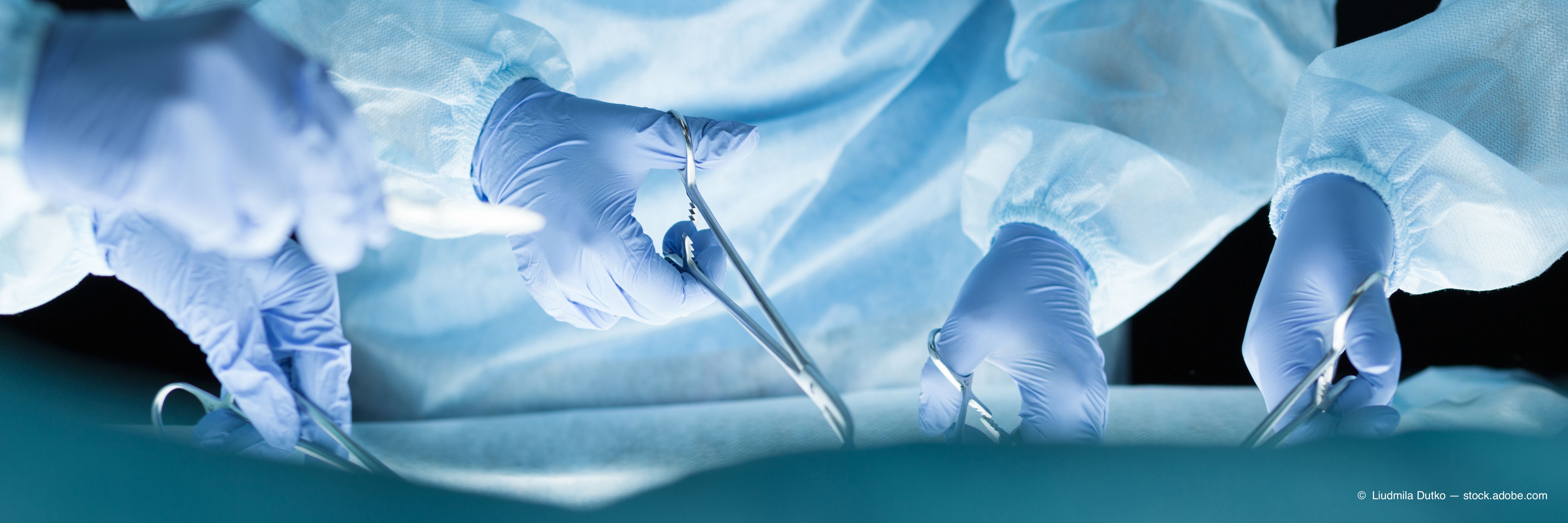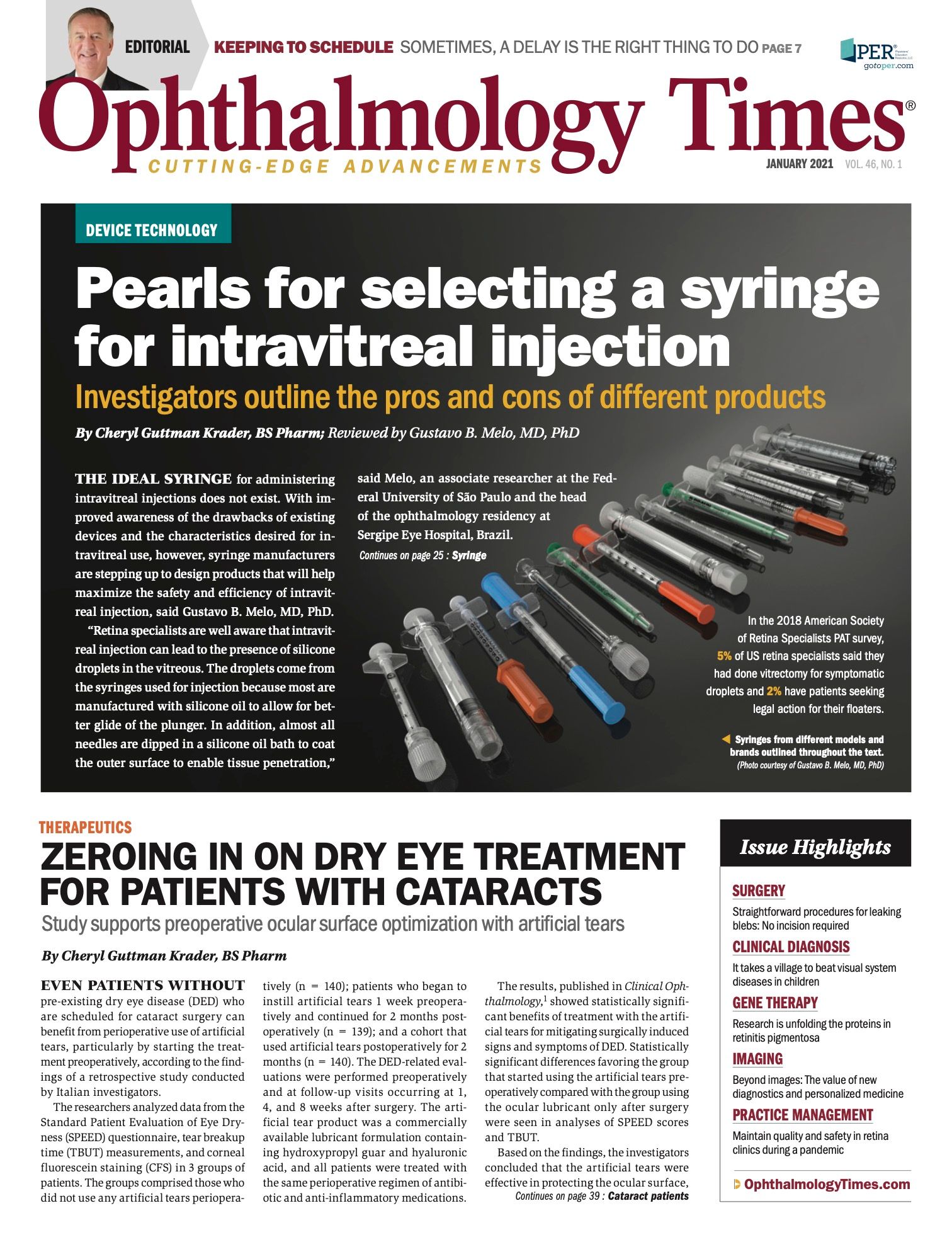Publication
Article
Digital Edition
How surgeons can improve when using their nondominant hand
Author(s):
For ophthalmologists, practice makes perfect in becoming ambidextrous.

Eye surgeons should be comfortable performing procedures with either hand, and complex cases—especially glaucoma procedures—require a good level of dexterity with both hands, according to Valentina Lozano, MD, and Ticiana de Francesco, MD.
Lozano and de Francesco were glaucoma fellows at the University of Toronto in Canada. Lozano is in practice in Gainesville, Florida, and de Francesco has returned to practice in her native Brazil.
When performing pupillary cerclage, surgeons place guides for the iris sutures around the pupil. In this case, the surgeon holds the needle driver with the nondominant hand, which requires good control of the needle to prevent any iatrogenic iris defect.
Related: Robotics: Allowing surgeons to perform the seemingly impossible
If the dominant hand is used to hold the needle driver, the nose will be in the way and it will be difficult to make the incision. When using the nondominant hand, there is better surgical access and the procedure will be much easier.
Three steps to proficiency
When practicing using the nondominant hand, Lozano and de Francesco advise performing 3 steps of increasing difficulty to train the nondominant hand.
Step 1 requires using the nondominant hand to perform normal daily routines at home and during personal hygiene practices. Examples might include brushing teeth or applying makeup, such as eyeliner, or nail polish.
Step 2 requires the physician using the nondominant hand to do a fun activity such as a hobby, with the intention of training that hand. Some suggestions might include doing a diamond painting by applying the diamonds to the picture with the nondominant hand, or coloring on an iPad using an Apple pencil.
Step 3, the most difficult, requires using the nondominant hand to practice at work without slowing down. Examples of activities that can be pursued include switching hands while using a computer mouse, practicing instilling drops during clinic, or carrying out a full slit lamp examination.
Related: Improving surgical safety, efficiency, and outcomes for patients
Remain calm
According to Lozano and de Francesco, it is important not to become overwhelmed. And like anything, practice certainly can make perfect.
“Using the nondominant hand can be very frustrating,” Lozano said. “It is slow. Practice once a week. Take breaks and remember that no one is rushing you.”
According to de Francesco, practice makes perfect, and this is true for becoming ambidextrous.
“With consistency, surgeons can become comfortable using the nondominant hand,” she said. “Finally, have fun and more will be accomplished with a positive attitude.”
Read more by Lynda Charters
--
Valentina Lozano, MD
p: 352-265-0111
Lozano and de Francesco have no financial interest in this subject matter.

Newsletter
Don’t miss out—get Ophthalmology Times updates on the latest clinical advancements and expert interviews, straight to your inbox.





